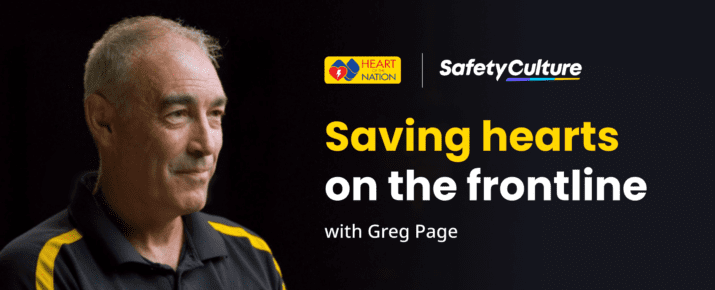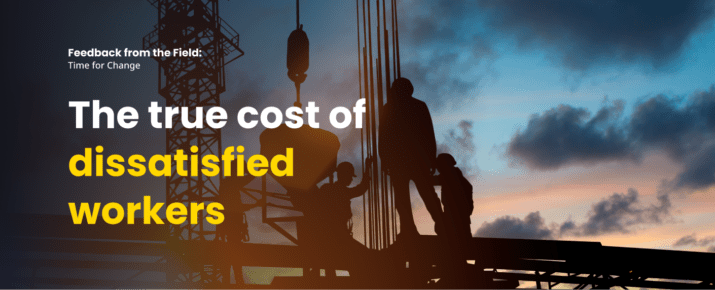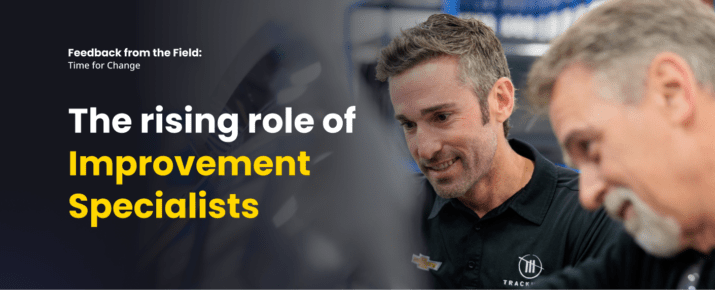Navigating the Great Resignation: An Opportunity To Rethink Employee Engagement
Ask The Experts | Feedback From The Field | By | 21 Dec 2021 | 3 minute read

Darren Winterford, CEO and founder of EdApp by SafetyCulture, explains how workplaces can establish better processes to help minimize attrition.
The world of work is constantly changing – and for many, the pandemic-induced acceleration has caused major shifts in how their organization, or their industry as a whole, conducts itself. One movement we see rapidly gaining momentum is The Great Resignation. Some may think that The Great Resignation is a byproduct of the pandemic. Yet research shows that employee turnover has been on the up for the past decade.
New or not, it’s a timely reminder that the market moves quickly and organizations need to pay attention. What workers want in their role may be different to what you think. Our experience as a business focused on improving workplace safety and efficiency is that for an organization to thrive in the current environment, teams need to be given the right tools and working conditions to drive improvements themselves. Here are a few simple ways to start doing that.
Establish two-way communication channels
Create a space where your employees can speak up. Now more than ever, workers want a say – whether it’s in operations or workplace training. They want to feel confident they have a valued voice – in fact our new research in partnership with YouGov indicates it’s a top priority for frontline workers when considering new jobs or roles.
Two-way communication between frontline workers and management is no longer a ‘nice to have’. It’s become essential. Yet, 67% of frontline workers say that they are never, rarely, or only sometimes listened to on topics that matter to them the most within their organization*.
The notion that the frontline should be seen, not heard, is long outdated. It’s time to put the power in the hands of workers. A business that encourages speak-up culture can help management be proactive about any potential issues or employee dissatisfaction.
Ease the cognitive load
We see the light at the end of the pandemic tunnel, but burnout is still something that many of us are navigating. A Harvard Business Review study found that the vast majority of respondents — an overwhelming 85% — reported declines in both general and workplace well-being in 2021. What can we do to help pandemic-weary employees manage their cognitive load better?
Start by tackling process fatigue. This means improving efficiency and day to day processes in the workplace. Depending on the nature of work, you could take a number of approaches — digitization of manual processes, eliminating unnecessary red tape or streamlining cumbersome training into easily digestible formats. Simple checklists, repeated often, can be the most effective method for keeping on top of a fast-paced and demanding work environment.
Prioritise training your talent
When it comes to attracting and retaining talent, professional development plays a huge role. As organizations navigate The Great Resignation, quality training is of key importance. Seven in ten frontline workers describe training as either very important or a top priority ahead of a competitive holiday allowance.*
The benefits here are multifold – boosted employee performance, morale, engagement and more. One thing that needs to be made clear is that deskless workers aren’t after any old-fashioned training – that’s no longer enough. For training to be successful and meaningful, instead of long courses with interruptions, it needs to be fun and engaging. Mobile learning is quickly becoming a popular way to get training done, whether your team is out on the field or working from a remote location.
Stick to a learning experience that’s engaging and in sync with today’s digital habits, and you’ll find yourself in sync with the best professional development for your teams.
*All figures, unless otherwise stated, are from YouGov Plc. Total sample size was 1950 adults (861 US, 554 Australia, 535 UK). Fieldwork was undertaken between 27th August – 9th September 2021. The survey was carried out online. The figures have been weighted and are representative of US, UK and AU frontline workers (aged 18+).
This article was originally published on BiT.
Important Notice
The information contained in this article is general in nature and you should consider whether the information is appropriate to your specific needs. Legal and other matters referred to in this article are based on our interpretation of laws existing at the time and should not be relied on in place of professional advice. We are not responsible for the content of any site owned by a third party that may be linked to this article. SafetyCulture disclaims all liability (except for any liability which by law cannot be excluded) for any error, inaccuracy, or omission from the information contained in this article, any site linked to this article, and any loss or damage suffered by any person directly or indirectly through relying on this information.





